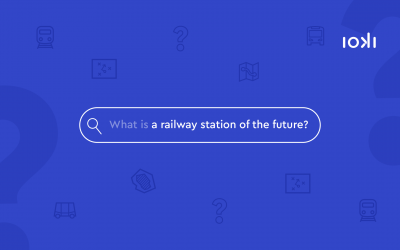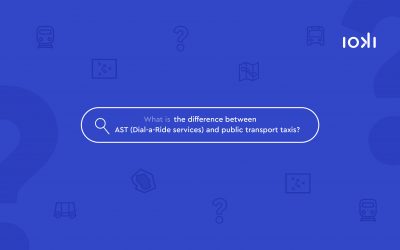The Clean Energy Partnership was founded in 2002 as an initiative of the German Ministry of Transport to unite industry partners from different sectors and to promote a sustainable energy transition. What has happened since then?
We were launched by the German government in 2002 as part of the National Innovation Programme for Hydrogen and Fuel Cell Technology (NIP I). As a lighthouse project, the CEP had a clear mission: to prepare mobility with hydrogen and fuel cells for market activation. At that time, there were no vehicles, no filling stations, no logistics. What has happened since then? Quite a lot! Today, series-production vehicles are already on the road and we have almost 100 H2 filling stations in Germany – mobility with hydrogen is a reality today!
Hydrogen-powered vehicles can ensure that the footprint of many people becomes greener. What is the current status of hydrogen-powered mobility in Germany?
A major advantage of H2 mobility is that the combination of hydrogen and fuel cells has great potential across all modes of transport. That’s why mobility with hydrogen is becoming more diverse: There are already passenger cars, buses and trains. Commercial vehicles such as forklifts and sweepers also run on hydrogen in their tanks. We are currently working on solutions for heavy-duty transport applications.
The possibility of integrating a fuel cell drive into vehicles has many advantages: short refuelling times, long ranges and a small weight. At first glance, this sounds very promising. But where are the challenges?
The great potential of hydrogen is a fact. Of course, there are challenges in the implementation, because we are working on nothing smaller than the transport and energy transition. In order to sufficiently supply fuel cell mobility with green hydrogen in the future, it is necessary to build and establish a stable H2 infrastructure. Intensive efforts by the industry are also needed in the area of industrial-scale production of H2 systems. Here, it is particularly important to arrive at a common agenda in the discussion with the players involved. Last but not least, the regulatory framework must be designed in such a way that further market establishment becomes possible and economically viable. With the National Hydrogen Strategy, the German government has laid an important foundation. Now it is time to get down to implementation.
You have been involved in the further development of green mobility solutions for many years now. Apart from the fuel cell, what else do you think is needed to make tomorrow’s mobility more sustainable?
Hydrogen is a solution to the questions of our time. However, a technology-open approach is crucial in order to realise the right concepts for all applications. It is important that the offers are accepted by the end customers. This requires further expansion of the infrastructure, be it the charging infrastructure for e-mobility with batteries or the refuelling infrastructure for fuel cell vehicles with H2. It is also important to create financial incentives so that zero-emission mobility is also a real alternative in terms of costs. For hydrogen, this means producing H2 on an industrial scale and significantly revising the area of levies and charges on EE so that we can significantly reduce the production costs of green hydrogen.
Future outlook: Let’s assume we are in the year 2040. What does mobility look like here, what innovations have been able to establish themselves in the past 20 years?
There is no need for so many innovations, as the technology for emission-free mobility is essentially already available. We will see innovations especially in the area of fuel cell production technology. Some suppliers are already well on their way to producing fuel cell systems on an industrial scale. By the end of the decade, this will have multiplied. We will also see the addition of other modes of transport using hydrogen and fuel cells. We will not only be on the road with hydrogen.



